Talking about Sony A9 III Review. Sony has set a new standard in the camera industry with the release of the 24.6-megapixel A9 III, marking the world’s first mirrorless camera equipped with a global shutter, a highly anticipated feature. This innovation eliminates the rolling shutter distortion commonly experienced with CMOS cameras by capturing the entire sensor simultaneously, thus enhancing speed and obviating the need for a mechanical shutter.
Although priced at $6,000, this groundbreaking technology is expected to become more accessible. However, it’s important to note that the global shutter may impact image quality compared to traditional cameras.
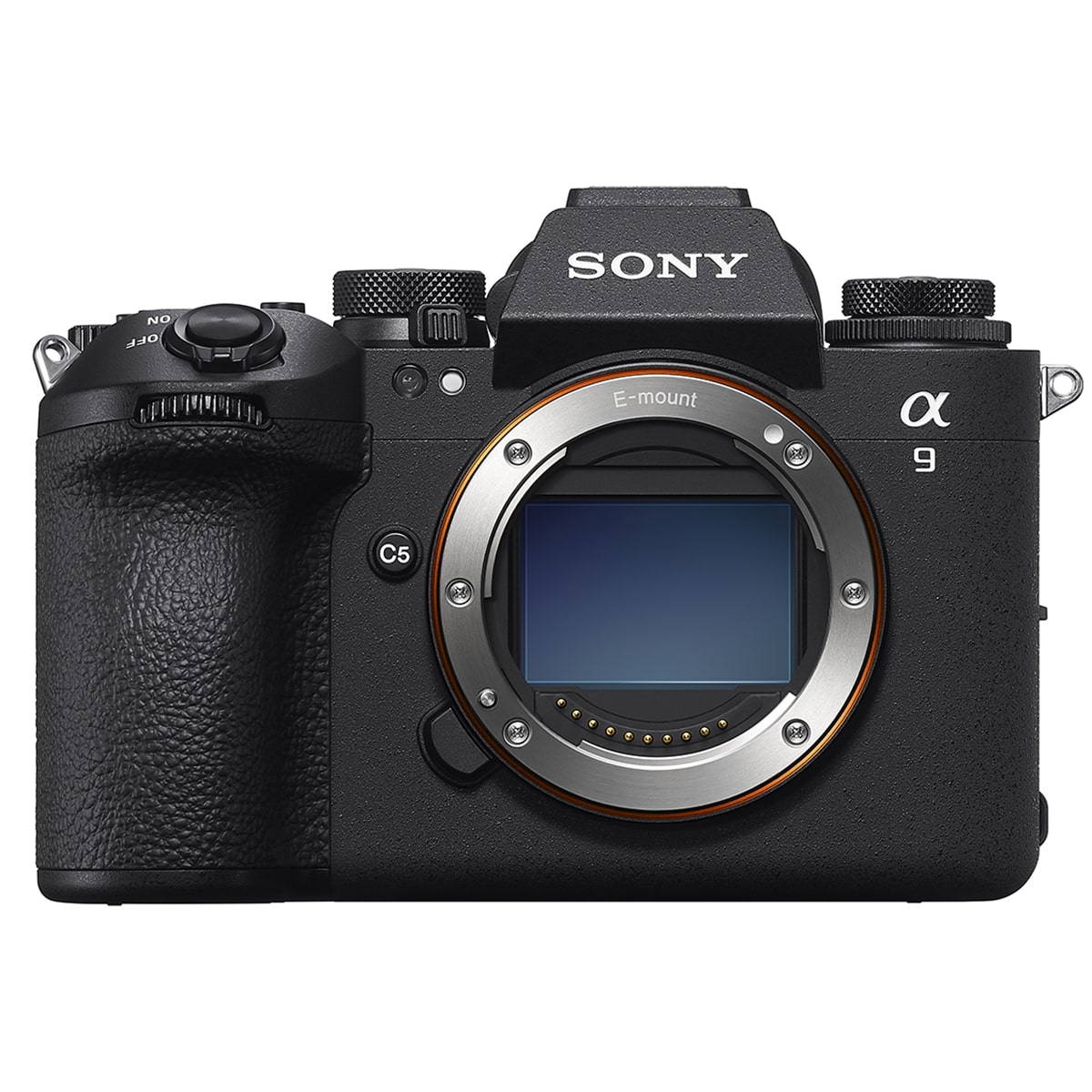
Sony Alpha a9 III Mirrorless Camera
24.6MP Full-Frame sensor, advanced BIONZ XR processor, 5-axis image stabilization, and stunning 4K 120fps video recording. Built for professionals.
*Prices and availability are subject to change without notice.
The question arises: Is the trade-off between image quality and enhanced speed and distortion elimination worthwhile, especially in comparison to already swift stacked sensor cameras? To address this, my professional photographer colleagues and I extensively tested a final production model across various shooting scenarios.
Introducing the Sony A9 III
Sony’s A9 III sets a new standard as the first mainstream camera featuring a global shutter, showcasing the company’s commitment to innovation. This groundbreaking technology offers significant advantages, including enhanced speed and distortion-free images, thanks to its simultaneous sensor readout. Content creators benefit from features such as 4K at 120 fps, 10-bit Log, and minimized distortion for fast-paced content.
Pros:
- Speedy performance
- Precise autofocus
- Effective stabilization
- Outstanding video capabilities
Cons:
- Compromised image quality
- High price tag
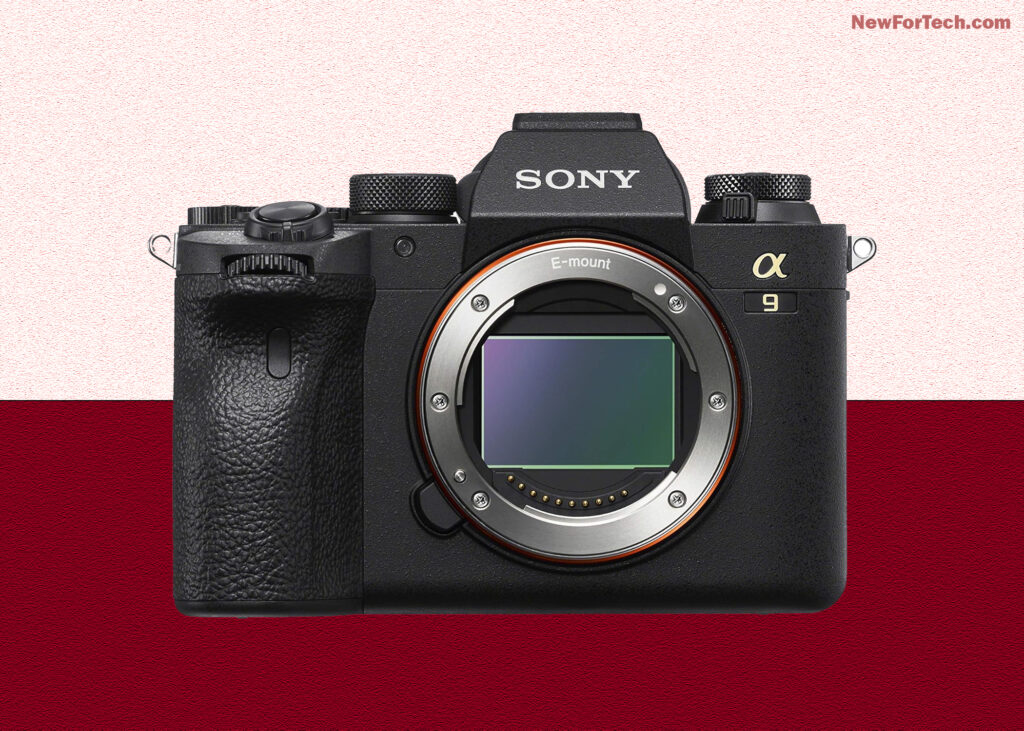
Sony A9 III Review: Body and Handling
Sony A9 III boasts the most ergonomic design yet, incorporating the latest advancements seen in models like the A7R V. Weighing merely 617 grams, it is exceptionally lightweight for a full-frame camera. The redesigned grip ensures comfort and stability, particularly beneficial for professionals using heavy lenses, unlike the somewhat taxing experience reported with the A1 by fellow photographers.
Featuring three top control dials, accessing primary settings in manual mode is effortless. Dual dials cater to video, photo, S&Q modes, burst, and autofocus controls, supplemented by a rear joystick, a control dial, and five custom buttons for added convenience.
The intuitively placed controls facilitate seamless manual shooting, while the well-organized menus simplify navigation. Settings are logically categorized, and key options like shutter speed and white balance are prominently displayed in the home menu for quick access. Additionally, the camera allows extensive customization, with the ability to back up settings to a memory card.
The high-resolution two-million-dot rear display is touch-sensitive, facilitating focus and menu control. It offers versatile positioning, flipping out and tilting up or down to accommodate photographers and creators alike. The viewfinder sets a new standard, boasting 9.44 million dots at 120Hz (or half at 240Hz), providing exceptional sharpness for precise focus and color assessment. This underscores Sony’s prowess as a leading supplier of camera electronic viewfinders.
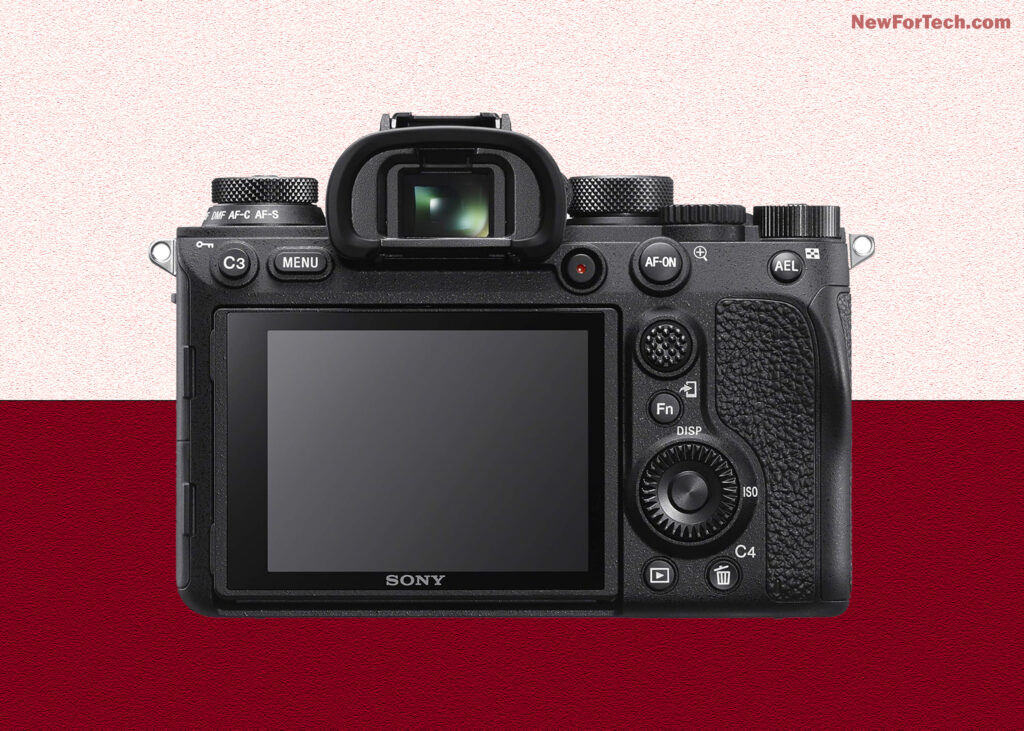
Sony A9 III Review: Mirrorless Camera
The A9 III impresses with a robust battery life of 500 shots, but investing in a new $400 vertical grip can double that capacity while enhancing the camera grip. Equipped with dual-card slots supporting SD UHS-II and CFexpress, although the latter, being the slower Type A variant typical of Sony, offers less than half the speed of CFexpress type A, yet its smaller size enables the dual-slot setup.
Notable features encompass headphone and microphone ports, with the option to integrate Sony-branded microphones or audio accessories via the hot shoe. Additionally, the camera features a full-sized HDMI port, USB-C charging port, ethernet connectivity, live-streaming capability, and more.

Sony A9 III Review: Performance
Sony’s A9 III stands as the world’s fastest full-frame camera, thanks to its global shutter, dual Bionz processors, and dedicated AI processor akin to the A7R V. It achieves remarkable compressed RAW bursts at up to 120 fps with autofocus and auto-exposure, adjustable to 60 fps or 30 fps.
However, a notable limitation is that the 120 fps mode is exclusive to supported Sony lenses, restricting third-party lenses to 15 fps. This issue may hopefully be resolved in a future firmware update.
The buffer capacity of 200 RAW frames fills rapidly at maximum speed, though clearing the buffer takes longer than optimal due to the CFexpress Type A cards. Using SD UHS-II cards extends the clearing time to approximately twice as long.
While shooting at 120 fps might often be excessive, Sony offers a solution by enabling users to capture at a still-rapid 30 fps and activating top speed with the C5 button for crucial moments, thus preventing unnecessary frame accumulation.
Introducing a pre-capture mode, the A9 III saves a second of photos upon half-pressing the shutter button, preserving them alongside subsequent shots upon full press.
With 759 phase-detect focus points, the camera ensures swift and accurate autofocus across various scenarios, excelling in continuous AF for even the most rapid action.
AI-powered subject detection enhances performance, facilitating effective face and human tracking, even amidst obstacles. The system’s versatility extends to detecting birds, animals, insects, vehicles, and trains, with reliable object tracking capabilities.
Overall, the A9 III demonstrates exceptional focus accuracy, making it ideal for professional sports, wildlife, weddings, and more, although occasional subject mix-ups may occur.
Its silent shooting capability, enabled by the absence of rolling shutter distortion, renders it perfect for noise-sensitive environments like golf tournaments, while also accommodating extremely fast shutter speeds up to 1/80,000th and seamless flash synchronization.
Furthermore, significant enhancements in in-body stabilization, reaching up to 8 stops with compatible lenses, enable sharp shots at shutter speeds as low as a quarter second, surpassing competitors like Canon’s EOS R3 and Nikon’s Z9.
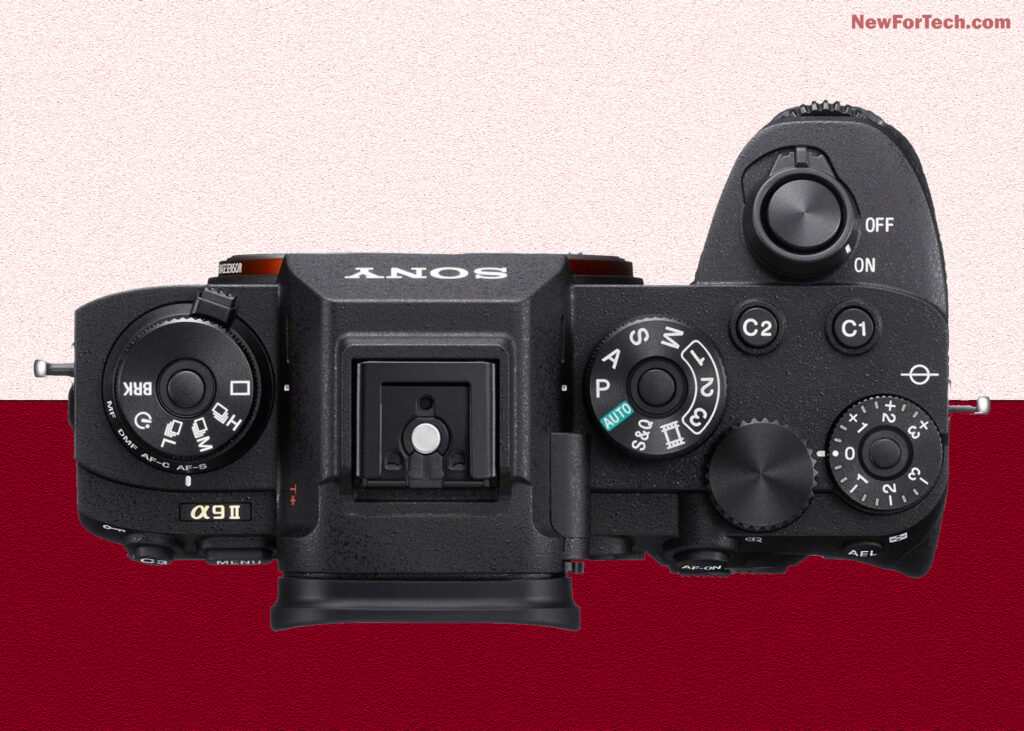
Sony A9 III Review: Redefining Speed in Camera Technology
In evaluating the Sony A9 III, the foremost concern lies in its image quality when compared to conventional CMOS cameras. To assess this, I conducted tests across diverse settings such as gymnasiums, night scenes, bird photography, and airports.
The dynamic range is slightly diminished compared to Sony’s A1 model, likely by approximately one stop. This reduction stems from the sensor’s decreased light capacity due to additional electronic components.
Furthermore, the A9 III offers a narrower ISO range, with a minimum ISO of 250 and a maximum of 25,600, half that of its predecessor, the A9 II. Consequently, there’s increased noise and reduced dynamic range across all ISO settings compared to the A9 II, coupled with lower resolution in contrast to competitors like the Nikon Z9 and Sony’s A7R V and A1. Hence, for photography genres prioritizing dynamic range and resolution over speed, the A9 III may not be the optimal choice.
However, discernible disparities in image quality between rival 24-megapixel cameras are negligible up to approximately ISO 6400, catering well to the target audience of sports, action, and wildlife photographers.
Beyond this threshold, noise becomes more pronounced, although images remain usable up to the maximum ISO of 25,600 with effective noise reduction, particularly evident in JPEG images. Notably, extracting quality shots in low-light conditions at ISO 6400 or even ISO 12,800 is achievable, with the added advantage of superior flash control compared to competitors.
Overall, typical of Sony, the A9 III delivers accurate colors and skin tones, with its 14-bit RAW files offering flexibility in post-processing adjustments, particularly in highlight manipulation.
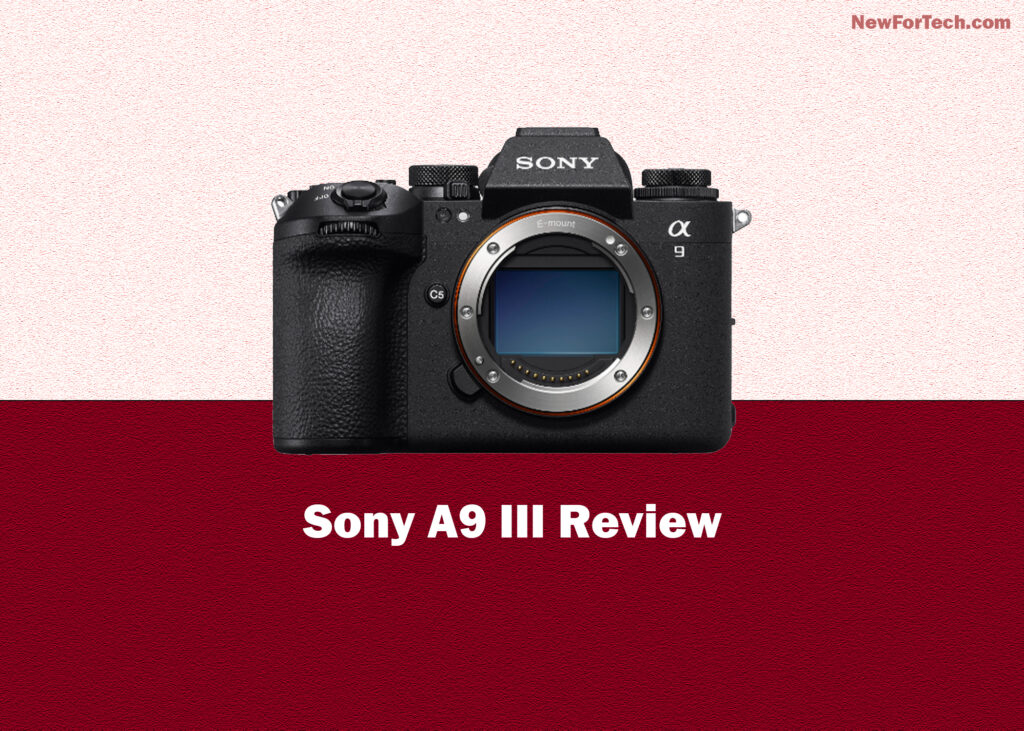
Sony A9 III Review: Video Capabilities
Sony leverages the global shutter technology in the A9 III to position it as their most proficient mirrorless camera for video production. It supports 4K recording at up to 60 fps, utilizing a full 6K sensor width for superior quality, while 4K at 120 fps is achievable with full sensor utilization, albeit through pixel binning. This mode enables playback at full 120 fps or slower playback options via the slow and quick (S&Q) setting.
Additionally, RAW 4K capture at 60 fps is feasible with an external recorder, accompanied by 10-bit S-Log 3 recording to enhance dynamic range in challenging lighting conditions.
Autofocus performance in video mode mirrors that of stills, ensuring swift and accurate subject tracking, whether capturing people, animals, or vehicles. For manual shooters, Sony’s focus map feature offers convenience, alongside auto-framing for vloggers and digital zoom functionality that minimizes focus breathing for supported lenses.
In assessing video quality, we compared the A9 III against Sony’s stacked sensor A1, particularly focusing on the elimination of airplane propeller distortion, a common issue with rolling shutter cameras. The A9 III emerged victorious, producing straight propeller lines, indicative of its superior global shutter technology. This advantage opens doors to cinematic techniques like whip pans and fast-moving shots.
Despite facing competition from RED’s recent full-frame global shutter cinema cameras, the A9 III’s video stabilization capabilities remain commendable, akin to the ZV-E1 model. Optical stabilization suffices for handheld shots with minimal movement, while dynamic active mode offers gimbal-like smoothness during motion-intensive scenarios, albeit with noticeable zoom and sharpness reduction.
While video quality may not match that of other full-frame cameras, particularly in low-light conditions where noise becomes more pronounced, shooting in S-Log3 to maximize dynamic range yielded satisfactory results. Although some noise reduction was necessary in low-light environments, the A9 III’s quality surpasses that of APS-C mirrorless or cinema cameras, making it a compelling choice for videographers prioritizing global shutter advantages over minor quality tradeoffs.
Sony A9 III Review: Conclusion
Sony has a history of pioneering advancements in the mirrorless camera industry, from launching the first full-frame mirrorless camera, the A7, to introducing backside illuminated and stacked sensors. While competitors, particularly Canon, have been narrowing the gap, Sony once again asserts its leadership with the introduction of the first global shutter camera.
Recognizing that image quality has been a limiting factor for global sensor cameras, Sony seized the opportune moment to unveil the A9 III, which surpasses expectations for a first-generation product. Despite minor compromises in image quality, it delivers unparalleled speed and exceptional video capabilities.
Direct competitors include Canon’s $4,800 R3, Sony’s own $6,500 A1, Nikon’s $5,650 Z9, and $3,800 Z8, all boasting stacked sensor technology. While the latter three offer superior resolution and image quality, along with impressive shooting speeds, they suffer from rolling shutter, flicker, and flash sync issues absent in the A9 III.
The decision to invest in new and unproven stacked sensor technology ultimately depends on the buyer’s needs and preferences. For action photographers and videographers prioritizing the advantages of global shutter technology, the A9 III justifies its cost. However, for those seeking versatility, Nikon’s Z9 and Z8, along with Sony’s A1, present more compelling options, with the added benefit of the Z8’s affordability.

Leave a Reply